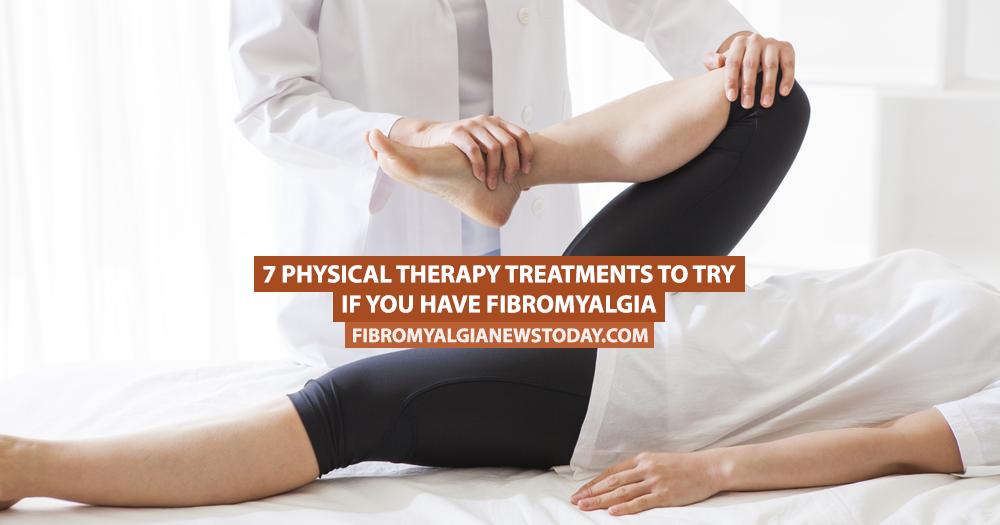The management of muscle and joint pain is important for fibromyalgia patients. In addition to medications, there are various physical therapies that patients can try to help ease the pain and other symptoms of the disease.
We’ve put together a list of seven different physical therapies which can be used to help fibromyalgia patients using information from practicalpainmanagement.com.
Hydrotherapy
Hydrotherapy is the practice of using water to relieve aching muscles. Simply soak in a tub full of warm water (not hot as it can cause your blood pressure to drop). You can add essential oils or Epsom salts to help relieve pain. A warm bath before bed may also improve your sleep.
TENS
Transcutaneous electrical nerve stimulation (also known as TENS) is something you may associate with childbirth, but a TENS machine can also be used for fibromyalgia patients to help ease muscle pain and spasms. It stops the pain signals from reaching the spinal cord, while also triggering the release of endorphins which naturally relieve pain.
Deep Tissue Massage
A trained massage therapist will apply intense pressure when massaging to ensure they’re reaching the deep tissue and connecting tissue. This helps to lessen the tension in the muscles and decrease spasms.
Find out more about easing fibro pain with massage here.
Heat Therapy
Using heat is an excellent way to help relax muscles and encourage blood flow to areas that are particularly painful. This can easily be done at home using dry or damp hot towels. Simply hold the towel against the affected area until you feel relief.
Ultrasound
An ultrasound uses sound waves to produce heat which improves blood flow to deep muscle tissue. It can be used to relieve pain, stiffness, spasms, and inflammation.
Low-Impact Aerobic Exercise
Any low-impact exercise that doesn’t put additional pressure on the joints is good for helping with pain relief. Aqua aerobics, walking, swimming, and cycling are all low-impact exercises that may benefit fibromyalgia patients.
Strength and Flexibility Exercise
Exercises that target strength and flexibility help to strengthen muscles and relieve pain. These include weight-lifting, yoga, pilates and resistance training.
Discover seven reasons why you should exercise if you have fibromyalgia here.
Fibromyalgia News Today is strictly a news and information website about the disease. It does not provide medical advice, diagnosis or treatment. This content is not intended to be a substitute for professional medical advice, diagnosis, or treatment. Always seek the advice of your physician or another qualified health provider with any questions you may have regarding a medical condition. Never disregard professional medical advice or delay in seeking it because of something you have read on this website.


I have tried all of these with the exception of ultrasound and had the most success with heat, walking and stretching, and massage. The hydrotherapy is good too, but I’m not able to do that very often and I didn’t find it helped me sleep any better than usual. I tried the TENS a couple of times and instead of making me feel better, I actually experienced flares both times! Not for me I guess lol
Physical therapy does/should play a part of the treatment of pain. The key is to find something that works for you. I know I can’t use TENS, but exercise and stretching works. Massage is out, but hydrotherapy is ok.
My first issue was accepting the fact I have fibro. I am now working with deep tissue massage. I have found floating suspended in my hot tub, totally relaxing helps immensely.
Well lucky you to have a hot tub. Sounds wondeful
I have a hot tub which helps my pains.
It’s in my garden and obviously far more convenient than using the facilities of a health club.
Worth every penny to be able to use it daily.
Realise I’m lucky to have one but it is a necessity not a luxury.